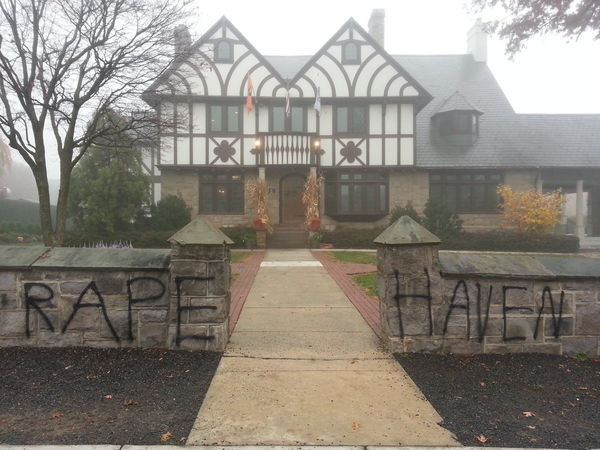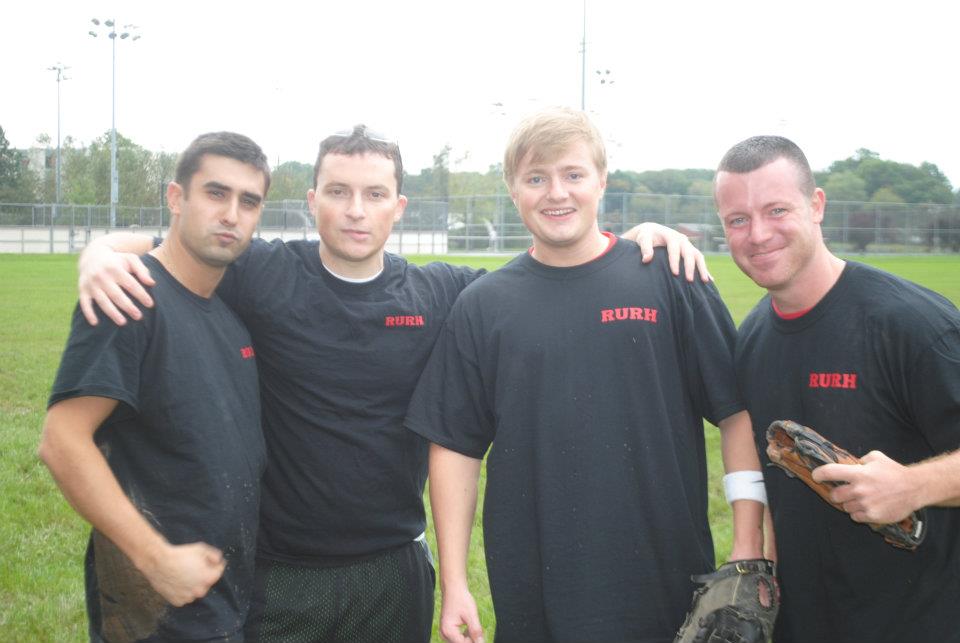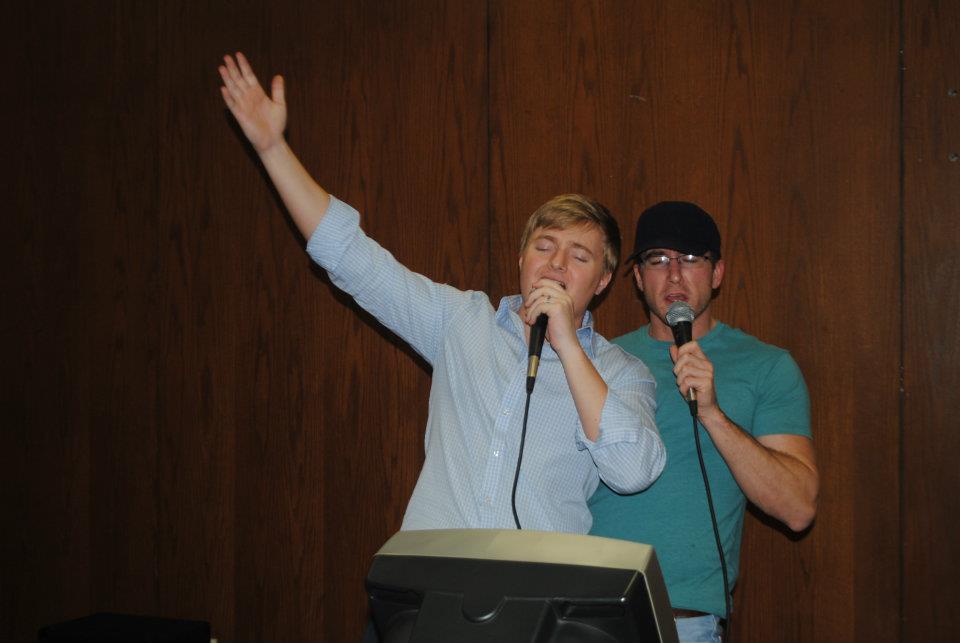Last month, I presented “The History of Marijuana Policy in the United States” on a national webinar for the National Association of Alcohol and Drug Abuse Counselors (NAADAC). You can find the link to watch it for free here. The webinar is about 90 minutes long. It was well received, and I posted the participant ratings of it here. A number of people sent in questions, and I spent a little bit of time this evening answering them. I’ve listed them here for your benefit (enjoyment?).
Q: Are the statistics presented similar in other countries that have decriminalization or legalization of marijuana (ie: Holland, Canada)?
A: Canada has very similar rates to the United States when it comes to marijuana use and abuse. Holland has lower rates of use and abuse than the United States. When Holland lowered the legal age to 16 and allowed for easier access, rates of use and abuse increased.
Q: Alaska’s new legalization of marijuana will be interesting as marijuana has been a privacy issue for generations in Alaska. It appears (though research is HIGHLY needed) that the attitude in Alaska has historically been positive toward marijuana is a personal decision/issue. Thoughts?
A: I can’t speak with any authority on the culture in Alaska. I drove to Alaska after I graduated from Rutgers in 2001, and I spent the month of August there. From reading and talking with hundreds of people, I learned that Alaska attracts a lot of people from the lower 48 that are highly individualistic and less interested in rules and regulations than the average US citizen. That would seem to jibe with the thoughts behind this question, but again, I am not certain.
Q: Did the studies regarding marijuana’s effects on the lungs/respiratory system address whether the issues were because of marijuana or the act of smoking?
A: Both. There are chemicals in marijuana which are damaging to the lungs. Smoking, of course, is bad for them as well. There needs to be a lot more research done on vaping (for e-cigs too), but most researchers tend to agree that both marijuana and smoking are bad for the respiratory system.
Q: How do we debunk the myths associated with marijuana while at the same time promote responsibility and acknowledge that marijuana has benefits?
A: It depends upon what myths you are asking about. Some myths state that marijuana is comparable to heroin and causes people to instantly go crazy and attack people. Other myths report that marijuana is not addictive and doesn’t cause physical dependence. All of those aforementioned myths are wrong.
I’m wary of a person, company or institution that wants to promote “responsible marijuana use.” Does anyone talk about responsible tobacco use? I know that there are lots of PSA’s and programs that promote responsible alcohol use, but that is an attempt to address the widespread binge drinking culture that is rampant among younger people and that also leads to drunk driving. I think that the idea of promoting responsible marijuana use suggests that many people use it irresponsibly or even dangerously.
Q: Why is recreational use of marijuana considered abuse?
A: Partly because “recreational use” has a wide range of definitions, depending upon who is using the term. Some people define recreational use as once every two weeks. Another person may define it as smoking after dinner every day at 6 pm. A third may say that they recreationally smoke whenever they are not working.
Q: How long does marijuana will stay in someone’s system?
A: If you are asking about how long will marijuana metabolites appear in someone’s urine sample, it depends upon how long someone has been using it, how strong their marijuana was, how often they smoked and their individual physiology. That answer is most likely anywhere from 2 to 90 days.
Something a little more daunting…THC attaches to fat in the body. White blood cells are made of fat. The neuron walls in the brain are also made of fat. It can take FAR longer for the THC that has attached to fat, especially in the neurons, to leave the body. It won’t be detected in a urine screen, but it will affect the body.
Q: Can nanogram levels go up and down without new use?
A: Only down. The half-life of marijuana is about a week in most people, but because of our different physiologies and variation within the species, it can probably range from 2 to 10 days.
If you test someone and her nanogram levels went up from a previous test, she used. Unequivocally.
Q: It is clear that Americans continue to be uninformed as to the real risks to our children and our society that will increase as we continue to legalize marijuana as both medicine and recreational use. As mental health professionals, we need to decide what we are going to do to educate the public in our communities, and our political leaders, to keep this from continuing. Positions statements are not enough – we must carry the message to the public or accept the consequences that we know will only get worse. Are we going to take any meaningful action?
A: Kevin Sabet and SAM are doing an excellent job about presenting information about marijuana and providing policy suggestions.
These are fascinating and scary times: some states have made marijuana completely legal, others have allowed for medical use only, a few have decriminalized it , while many other states continue to make the use and possession of marijuana a criminal offense. Over the next several years, we will be able to collect and observe how the use and abuse of marijuana has been affected by the varying policies. We will also see if there are real tax benefits, or if marijuana is revenue negative. We will see if marijuana legalization leads to less arrests, more arrests or similar rates of arrest (you might be wondering why legalization would lead to more arrests – well, there may be more driving while under the influence and we might see an increase in use among people under 21, which is still illegal). We will also see if it does anything to address the fact that minorities get disproportionately arrested for marijuana possession.
I am on the record as being in favor of decriminalization and against both legalization and criminalization. I have suggested to the powers that be in several states that they should not change their policies for the next few years and just watch what happens in different states. I am hopeful that we will have a sound grasp of these issues by 2020.
Q: Does the move of marijuana from schedule I to schedule II impact the international drug treaties which in my opinion will always be a reason for federal government to continue to keep marijuana illegal at that, the federal level?
A: Just to be clear, marijuana is still a DEA schedule I drug. It is there along with heroin and MDMA (ecstasy). Schedule I drugs are considered highly addictive and without any medical value. I have suggested that marijuana should be moved to schedule II in order to allow for true medical research so that we can determine if marijuana is helpful for people with cancer, AIDS, glaucoma and/or serious chronic pain.
I would guess that it would have little to no impact on our international drug policy. Take that last sentence with a grain of salt though, as that is not an area of my expertise.
Q: What would be a good resource to monitor Colorado’s impact of legal marijuana use?
A: SAM will provide balanced data, but their opinions will probably skew against legalization. The CATO institute is a libertarian think tank serves as an interesting counterpoint. I also believe that the New York Times will continue to do an excellent job reporting on this issue. While it is my newspaper of record, I disagree with the editorial board’s pro-legalization stance.



